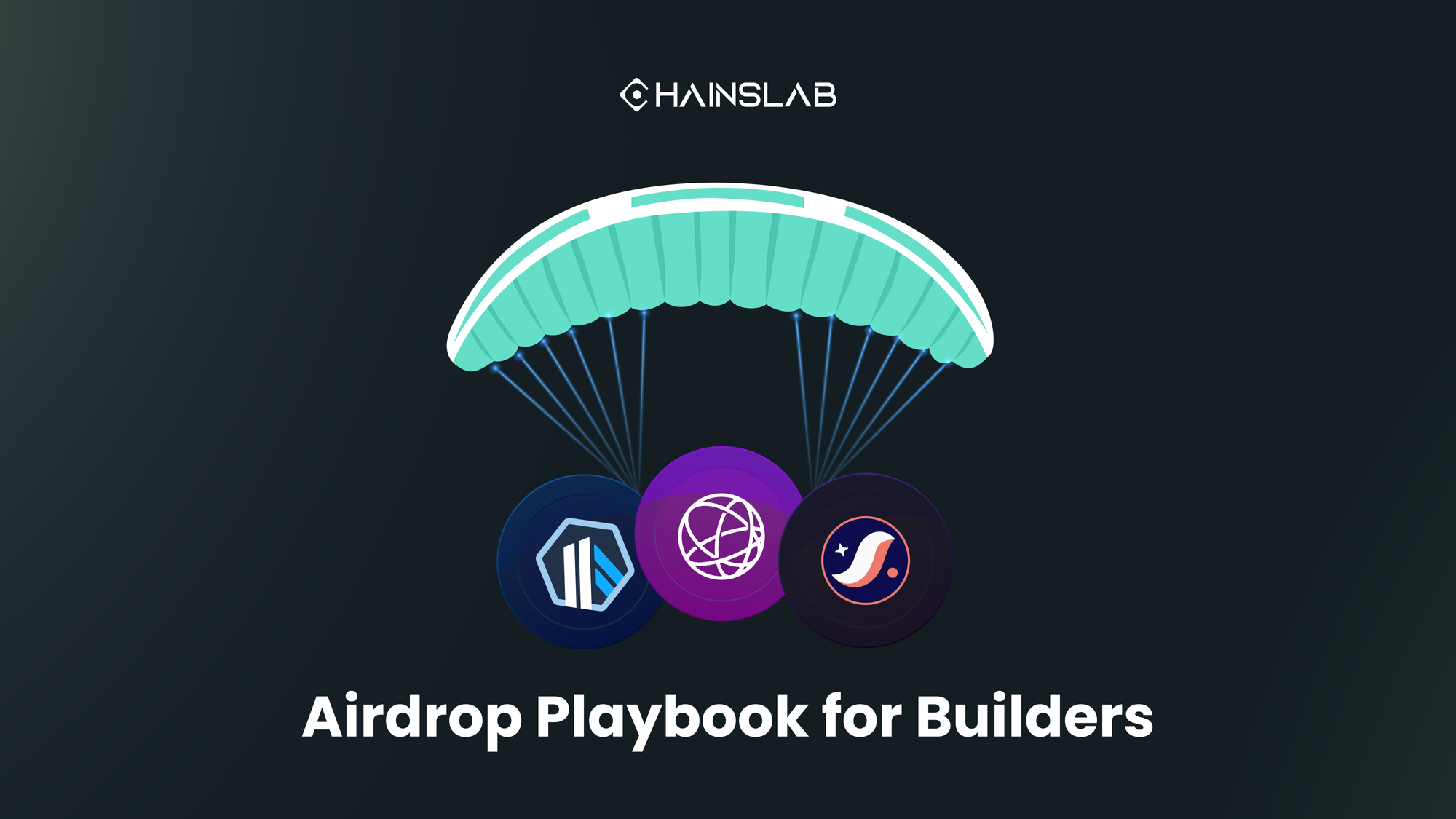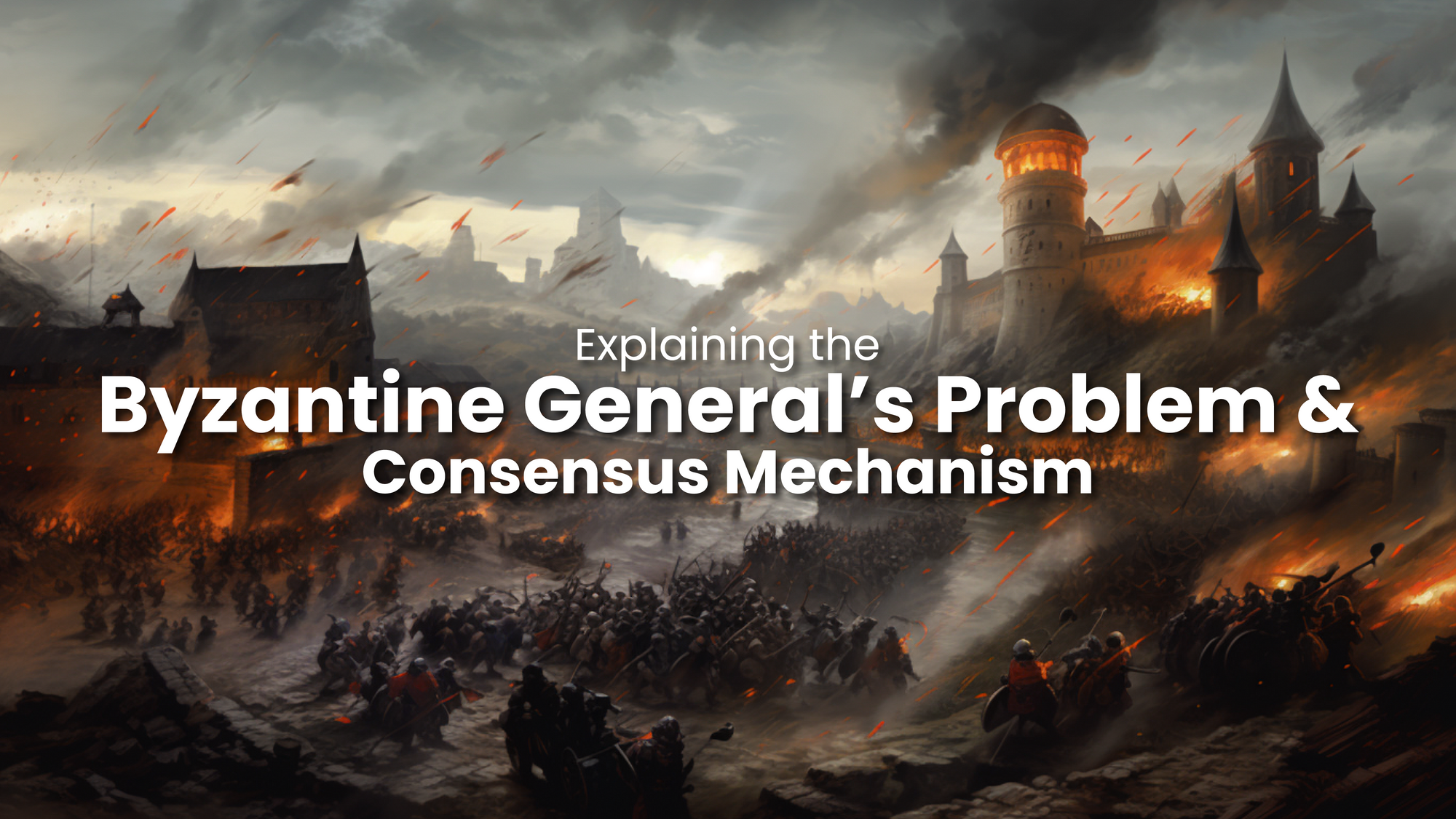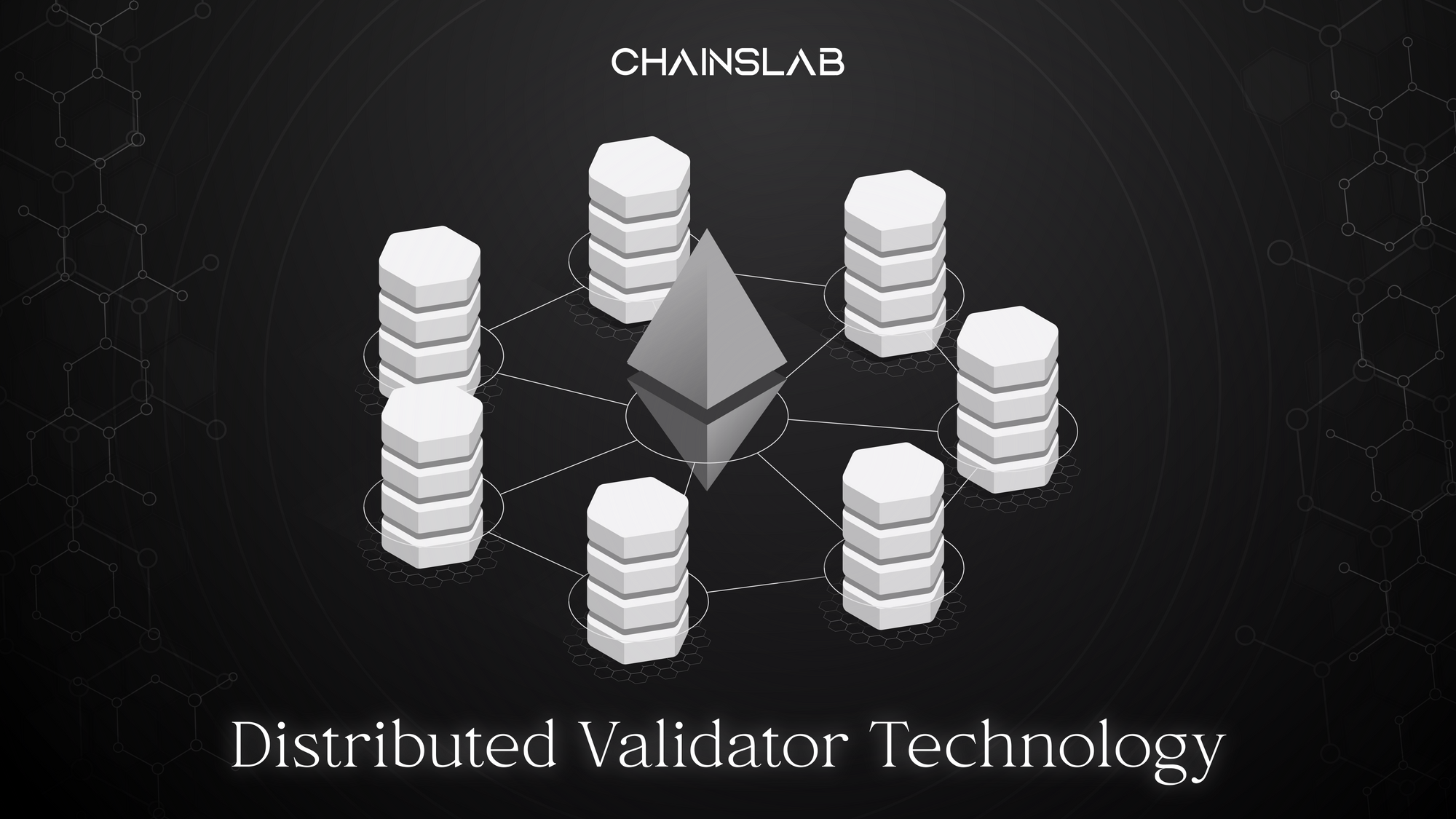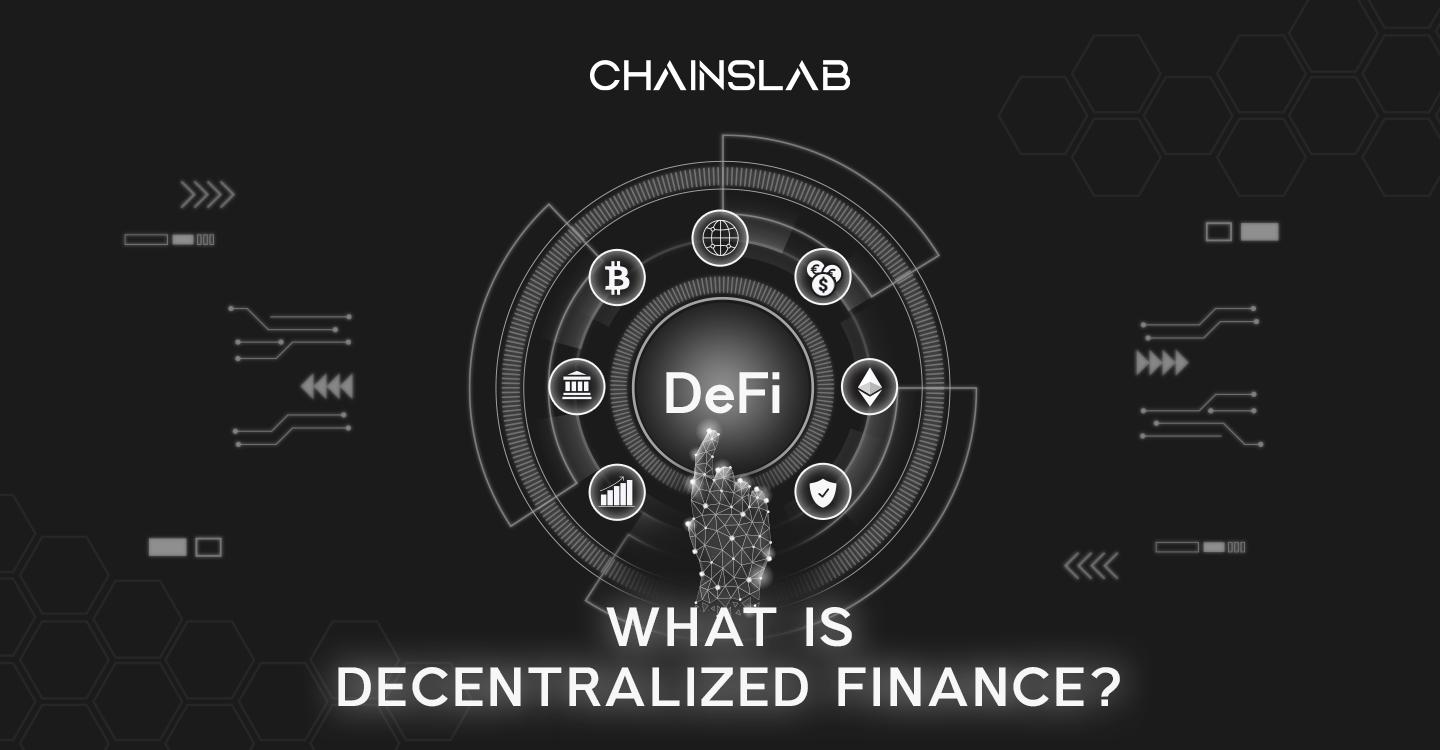Hey frens, heard that $STRK airdrop was a blast! Literally a blast, in my face, cuz i get none. Just like all of the CT. But despite the fuds and the bad social situation that @starknet put themselves in, I think it's not that hard for $STRK to hit 2-3$ within the first day of launching. So, congrats to anyone who was getting the airdrop.
The reason I wrote another long-ass post today was that I saw lots of you are FURIOUS about not getting airdropped, despite doing a shitload of tasks. Seem like the Starknet team decided to distribute the airdrop tokens mostly to developers and affiliated individuals, rather than an average Joe who did 17 txs daily for a year or so. Some are happy, some don't. But one thing is for sure, there is a lot of negativity and FUDs for $STRK even pre-launch.
So, I saw the situation, and I decided to write some of my comments on crypto airdrops and how to be successful in this matter. My POV purely came from my own experience, as both a project owner who trying to have a successful airdrop in the near future and an investor who has participated in lots of Airdrop since 2017, from Omisego to Arbitrum.
In fact, having been in Crypto since 17, I know lots of projects that did airdrop. Some of them live, some of them die, some of them get their airdrop community rich, and some of them don't. Yet, I don't find a lot of guides on the internet about this matter, especially for builders/projects that looking to do airdrop to their community, so here we are.
Overview of Airdrop playbook.
First, Why Airdrop?
The single most important thing that will make Web3/Crypto the most important economic model of the next 100 years is the motivation to decentralize the platform through tokenization. Tokenization allows a platform to distribute and align incentives to the good actors that will try to collaborate with each other, to maximize the outcome and revenue.
I personally know some other marketing managers/founders in Web3 are treating Airdrop as a tool to achieve the maximum social KPI that they get handed. While this is not a fully wrong thing (no right or wrong mindset), they are missing a whole point of crypto. By treating airdrop this way to users, Airdrop will only mean free money that literally fell out of the sky. They come, they try to cheat, they flip, and they are gone, moving to the next airdrop.
When a project allocates a part of its tokens to users, the last thing that they should expect and worry about is exposure. If you are handing out free money and still can't get enough exposure and reach, then you need to seriously rethink your life and your marketing/social manager. Essentially, Airdrop is about rewarding the right user. Depending on the strategy and outcome that the project wants to achieve, they should prioritize the allocation toward the right subjects. For example, in the $APE scenario, they want to prioritize the early adopters/holders of their NFTs collections. Arbitrum wants to maximize their network effect, so $ARB is airdropped to anyone who interacts with their mainnet. Uniswap did both, and they are one of the biggest airdrops ever. One thing I know for sure is that a good airdrop plan never yields negative results to the project. Looking at $APE, $ARB, and $UNI after they do their airdrop. Good energy for their token price and their platform health overall.
So, how to make a good Airdrop plan? I am considering 3 main factors that affect an Airdrop campaign: Timing, Distributing, and Allocating.
When Airdrop?
Timing your airdrop is all about choosing the perfect moment that aligns with both the market's condition and your project's readiness. It's essential to get two things right: launching when the market is favorable and ensuring your project has valuable features to offer.
When deciding on timing the market, it's crucial to align it with your project's strategy and the current conditions. Projects with funds already raised and agreements with market makers have an advantage. For example, launching an airdrop during a bear market, as Arbitrum and Optimism did, can seem illogical. Yet, a fact that no one notices is that the start of a bear market liquidity and attention is always greater than the start of a bull market.
If the tokens are dumped, having the funds and market maker deals in place means the team can buy back the tokens at a lower price. This strategy allows for price stabilization and creates potential for growth in the following bull market.
On the other hand, projects like Celestia chose to launch their airdrop at the beginning of a bull market to capitalize on the incoming liquidity. This approach aims to ride the wave of positive market momentum.
The right market timing should align with your project's strategy. Whether launching in a bear or bull market, the goal is to make sure that the timing works to your project's advantage, leveraging market conditions to achieve better engagement and growth.
Project timing is just as critical as market timing, if not more. It's all about making sure your project is in the right phase to not just attract, but also retain the surge of users that an airdrop can bring.
Before you even think about launching an airdrop, your project needs to be more than an idea or a work-in-progress. It has to be at a stage where it's functional and engaging. Your platform or product should be in a state where new users can actually use it, find value in it, and want to stick around. Launching an airdrop for a project that's not user-ready is like opening a restaurant with no food; it leaves everyone hungry and disappointed.
First impressions are everything. The users you attract with your airdrop will judge your project based on their initial experiences. If those experiences are filled with bugs, lack of content, or poor user interface, you've lost your audience before you've even had the chance to truly engage them. Make sure your product is polished and can offer a smooth user experience that makes those new users want to become part of your community.
The end goal of any airdrop should be to build a lasting community around your project. This means having clear plans for engagement beyond the initial token drop. How will you keep your new users interested? What features or benefits are in place to encourage their continued participation? Your project needs to have a roadmap that promises ongoing development and reasons for users to remain active and invested.
Moreover, keep an eye on the vesting schedule of the airdrop tokens; it’s a big deal for managing selling pressure and the token's price. Work out a plan with your market makers to figure out the expected sell-off and its impact on the chart. You've got to calculate carefully, aiming to prevent a scenario where the chart takes a nosedive because everyone's dumping their tokens. Thinking ahead about what to do if things go terrible is key - whether it's buying back tokens or other tactics to stabilize the price. It's all about being prepared for the worst while hoping for the best.
How Airdrop?
There are essentially two main strategies for distributing tokens to users, which I call “Pre-determined” and “Post-determined.”
Pre-determined airdrops lay all the cards on the table right from the start. The rules are crystal clear, with no room for guesswork. Eligibility criteria are announced upfront - whether it's about hitting certain transaction volumes, holding onto tokens for a specific period, or engaging with the platform in designated ways. This setup lets participants know precisely what's expected of them, making them target their efforts towards meeting these criteria, essentially "farming" their way to qualifying for the airdrop. An example of this approach is Vertex Protocol's airdrop.
Pre-determined airdrops are all about fairness and clarity. Everyone knows what they need to do to get a piece of the airdrop, making it a fair game for all participants. Not just that, this approach also lets projects guide users to do tasks that actually bring revenues. It's a win-win: users know how to qualify for incentives, and the project benefits from activities that boost its ecosystem, like more transactions or increased engagement.
The downside? Whales - big players with lots of money - can easily take over, completing tasks on a scale others can't match, and grabbing a large part of the airdrop for themselves. This can discourage smaller participants, who feel they don't stand a chance against these giants. Knowing they're up against such odds might lead many to not bother participating.
Post-determined airdrops play it like a mystery game, not revealing what it takes to qualify until the last minute, right before the token launch, and after they've taken a snapshot of user activities. This method is all about valuing real, meaningful interaction with the project without letting people game the system just to grab some free tokens. Big names like
Arbitrum, Celestia, and Optimism have taken this route.
This has some pros. For starters, it's great at rewarding users who are genuinely interested in the project, not just in it for the freebies. Since nobody knows what the exact criteria are upfront, people interact with the project in a more natural, organic way. What's more, projects can wait to see all user activity data before setting their criteria. This lets them wipe out sybil accounts, and even favor project insiders’ wallet addresses.
However, this strategy isn't without its flaws. First off, it really only works for projects that already have a solid reputation. Since there's no transparency about the airdrop criteria at the beginning, trust is a big factor. If people don't already trust the project, they might not engage. Secondly, no matter how well you plan, there's always a chance of perceived unfairness. Since the criteria are revealed after the fact, some users might feel left out or unfairly treated, especially if they've been active but don't meet the secret criteria. It's a tricky balance to strike, and not everyone will be happy with the outcome.
Choosing between pre-determined and post-determined airdrops ultimately depends on the specific goals and scale of the project. Projects that value organic user engagement and want to encourage genuine interaction should favor post-determined airdrops. This strategy is a hit for big projects with serious backing and a lot of eyes on them - think of those hyped L2 projects that have everyone talking. They can pull it off because people trust them enough to get involved, even without all the details upfront. But for the smaller folks without big names or deep pockets backing them, trying to go the post-determined route can be a tough sell.
Small and medium projects, not riding the hype wave like the big guys, might find their solution with pre-determined airdrops, or even smarter, mixing both pre-determined and post-determined methods. For instance, projects can announce an airdrop that will reward participants with points, without specifying exactly how these points can be earned or how many tokens each point will translate to, and with the possibility that the criteria for earning points could evolve week by week.
Friendtech is a solid example. They’ve nailed this approach by bringing up points to keep their community engaged and guessing. This strategy offers up-front clarity for an upcoming money rain to attract folks, but still spares in a bit of mystery to keep the engagement genuine and lively.
Much Airdrop?
When it comes to deciding on airdrop allocations, founders often wonder how much is just right. Some projects end up giving away too many tokens, while others might not offer enough. There's a common concern that overdoing it with the airdrop can lead to an excess of tokens floating around, potentially causing the price to tank, which isn't great for most projects. On the flip side, there are examples like Uniswap, which airdropped 60% of its total supply and still managed to thrive.
The truth is, an airdrop should be part of a carefully planned long-term strategy, similar to the broader tokenomics of the project (a topic we'll discuss in other articles). Some projects might need to allocate a larger chunk of their tokens to users/community to kickstart user traction, while others might need much less, or none at all.
From my experience, here are some basic guidelines:
A project should consider a significant airdrop if:
- They're willing to trade a part of future ownership for initial user traction.
- There's a plan in place to handle the selling pressure from the airdrop allocation.
- All shareholders are on board and comfortable with this approach.
On the other hand, a project might not need a large airdrop if:
- They already have traction and don't need to reward early adopters.
- There’s no specific plan to retain users after the airdrop.
- It’s not guaranteed that the airdrop will reach the intended recipients.
The last point is particularly crucial today. While airdrops serve as an exposure boost, mishandling them can lead to situations like those faced by SEI or Starknet, where the lack of clear criteria from the start, coupled with crazy initial attention from airdrop hunters, eventually led to negative exposure when the project announced its airdrop eligibility.
Projects should also weigh the purpose of their airdrop carefully. The benefits to early adopters, contributors, partners, and future contributors need to be balanced. As mentioned, the goal of tokenomics is to align incentives, but misplaced incentives can do more harm than good.
Conclusion
It's 2024, and the competition in the crypto space has never been more intense. L2s are competing fiercely, just as L1s, DEXs, liquidity staking, lending platforms, and other projects are battling it out against countless competitors.
Airdrops aren't just an option anymore; they're essential for crypto projects. The community's stance is clear: fail to reward or do so unfairly, and you'll see a huge liquidity exit. Today's users aren't just participants; they're contributors seeking proper recognition and rewards for their support.
Airdrops are much more than just free tokens; they show your community that you're serious about working together and sharing your project's future with them. Whether you're launching a new token or trying to get more people interested in what you already have, there's a lot to learn from the big ones who've been successful with airdrops before.
However, there's no one-size-fits-all strategy for a successful airdrop. The most impactful ones are those aligned to the project's specific needs, answering the critical questions of Why, When, How, and Much. If you're not fully up to speed with how your airdrop will do, you're already falling significantly behind your rivals.




